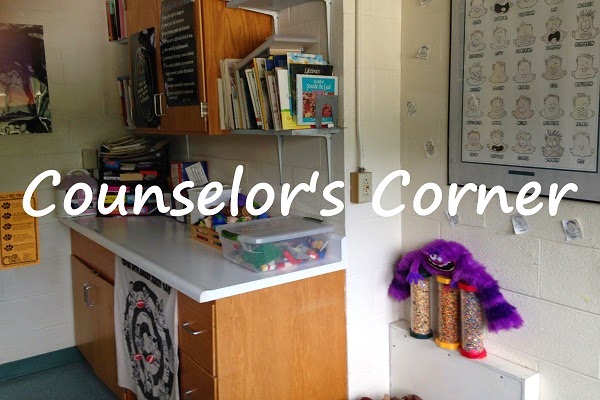I have been presenting lessons on the Zones of Regulation to all of the students at HMS. The Zones of Regulation are concepts used to help students learn how to self-regulate. The Zones create a system to categorize how the body feels and places all of your emotions into four easily recognizable colored zones (blue, green, red and yellow).
THE BLUE ZONE IS USED TO DESCRIBE A
LOW STATE OF ALERTNESS.
*FEELINGS SUCH AS SAD, TIRED, SICK OR
BORED ARE IN THE BLUE ZONE.
THE GREEN ZONE IS USED TO DESCRIBE
AN IDEAL STATE OF ALERTNESS.
*FEELINGS SUCH AS CALM, HAPPY,
FOCUSED, OR CONTENT ARE IN THE GREEN ZONE.
*WE ARE IN CONTROL WHEN WE ARE IN
THE GREEN ZONE.
THE RED ZONE IS USED TO DESCRIBE AN
EXTREMELY HEIGHTENED STATE OF ALERTNESS.
*WHEN YOU ARE IN THE RED ZONE YOU MAY
BE EXPERIENCING RAGE, EXPLOSIVE BEHAVIOR, PANIC, EXTREME GRIEF, TERROR OR ELATION.
THE YELLOW ZONE IS A HEIGHTENED
STATE OF ALERTNESS.
*WHEN YOU ARE IN THE YELLOW ZONE
YOU MAY BE EXPERIENCING STRESS, FRUSTRATION, ANXIETY, EXCITEMENT, SILLINESS OR
FEAR.
*IN THE YELLOW ZONE YOU ARE
MAINTAINING SOME LEVEL OF CONTROL.
The Zones are very user friendly and you can easily incorporate the language at home with your children. Be sure to ask your kids about what they are learning!
Source: Zones
of Regulation by Leah Kuypers

